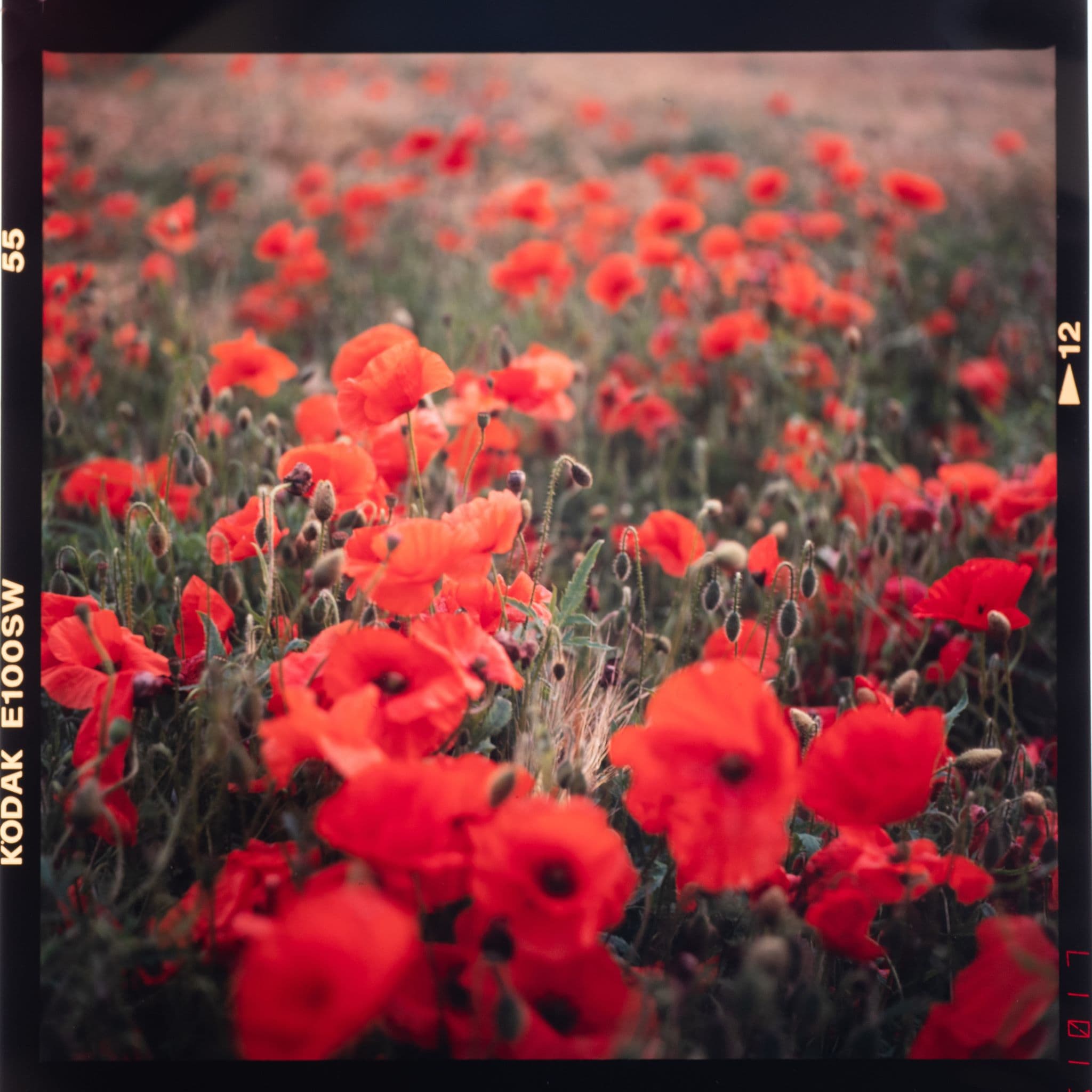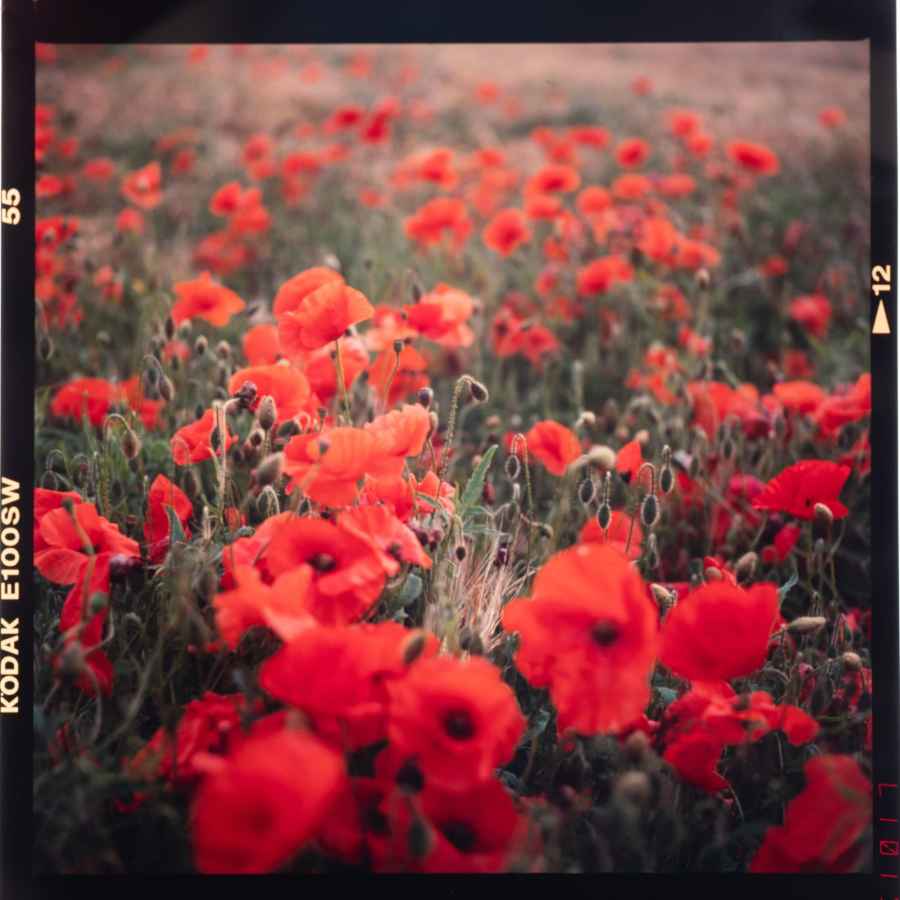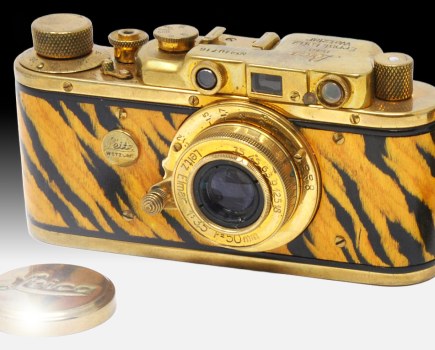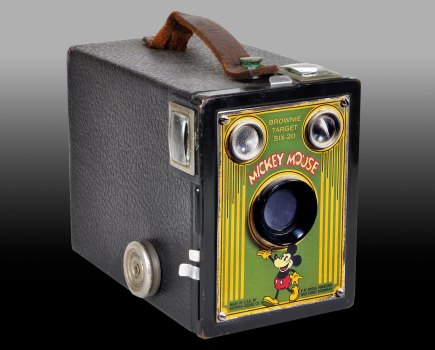Was this the first Rollei you’d ever owned?
Yes, I’ve had it the best part of 30 years but it spent a lot of time on the shelf unused. I bought it from a guy called Geoff Thomson, a wedding photographer from Nottingham who showed me the ropes. He was there with his Bronicas and I was there with my 35mm Canon EOS 5 SLR. I was like ‘ooh medium format isn’t it good’ – a real step-up in terms of quality. Geoff offered to sell me an old medium format camera and this was it, dating from 1961. Even back then, it felt antiquated but there was something curiously charming about the images I got from it. Then everybody went digital, and it just sat there.

Ian with his beloved Rolleiflex T
So why did you start using it again?
I’ve been studying part time for a BA in Photography with the Open College of the Arts, and I just hit one of those creative dark spots where nothing seemed to be working for me. I started to check out the work of Bernd and Hilla Becher, Francesca Woodman and Diane Arbus, who was a famous Rollei user. I loved this kind of imagery and felt the urge to go back to basics. So I put the digital camera down and bought myself some old FP4 film and went walking around with the Rollei shooting a roll of film, which I developed myself over the kitchen sink. Something got lost down the digital route and the Rollei helped to bring it back.

A glorious shot using Ektachrome film
Why do you think this was?
Two things. The Rollei forces you to slow down. You can’t do the ‘machine gun’ thing as film is not cheap and you can’t shoot particularly quickly with the Rollei even if you wanted to. As it’s a twin lens reflex you are looking into the top as you would with a chimney from above… that means everything appears back to front as there isn’t a prism. Its clunky and cumbersome, but you do get used to it. There is something about how you use it that changes the character of the images. You see this with Arbus – as it’s a waist-level finder, you look down, instead of looking at subjects at eye level. You are shooting people from a different perspective and you get that slightly odd, menacing look. The unusual viewpoint can be really interesting.

The waist-level viewfinder gives an interesting perspective
So what are your tips for buying one?
My lens is ‘only’ the Zeiss 75mm f/3.5 Tessar, rather than the posher f/2.8 Planar, but it’s still a really good lens, so don’t be put off. The ‘taking’ lens, rather than the one you look through, is just so important with this camera, so you need to make sure it’s in good condition. Then, check the shutter at slower speeds. I was finding mine was starting to stick around one second, as oil was seeping through. I could see the iris opening and then closing slowly, rather than snapping back. So test the camera carefully. Fortunately, there are plenty of specialist repairers, but you need to be careful or you will end up with a museum piece rather than a working camera.
In terms of buying film, Analogue Wonderland is really good. I like to develop the film myself, but if are you new to this, or rusty, get a roll or two developed by Ilford first of all, so you can get a benchmark to aim for. For digitising images, I simply put the negatives over a lightbox and then photograph them with a 90mm macro lens but there are lots of options. Buying from a dealer gives you more peace of mind and they will often have serviced the camera, too.
Learn more about Ian here.







